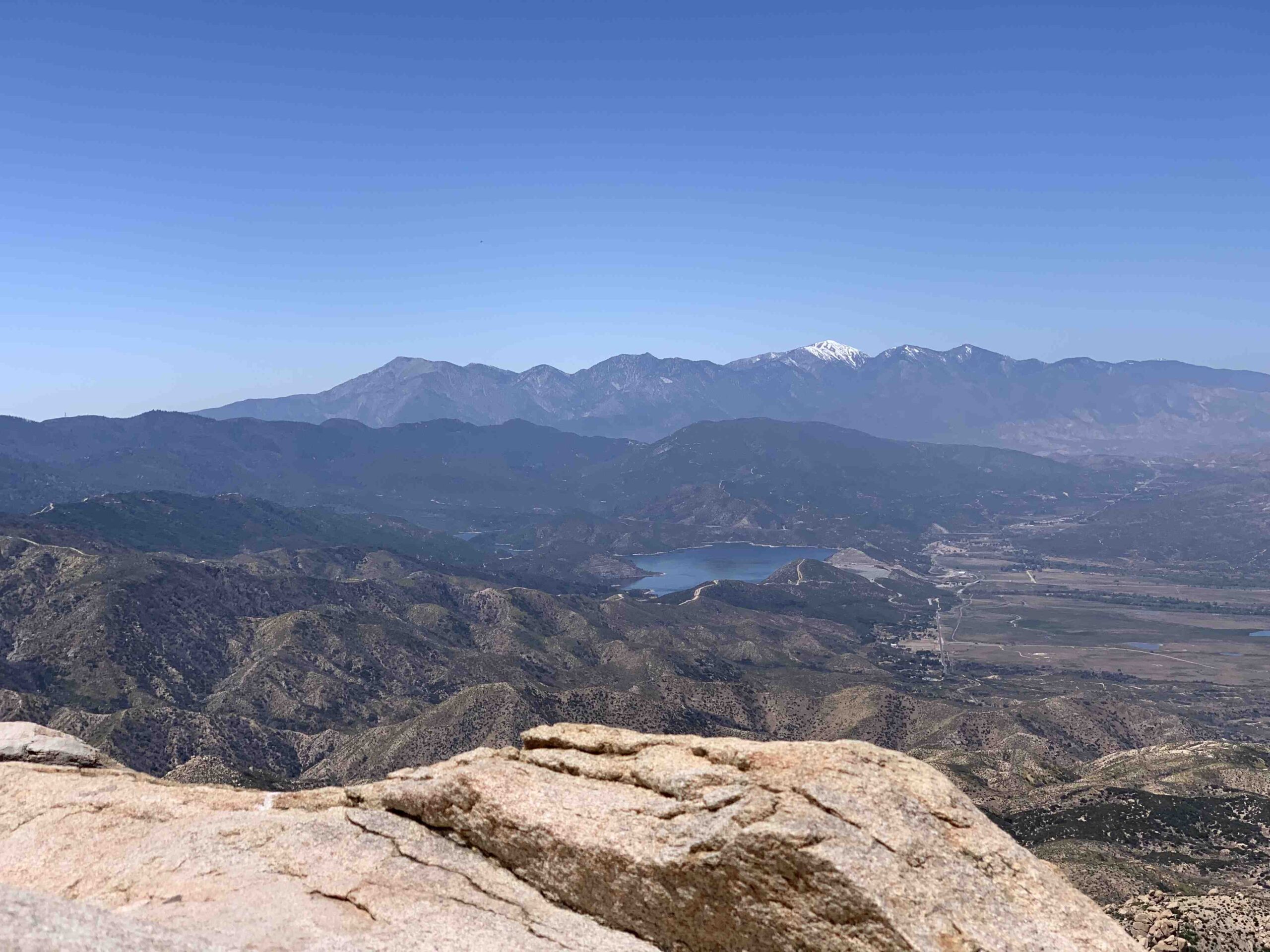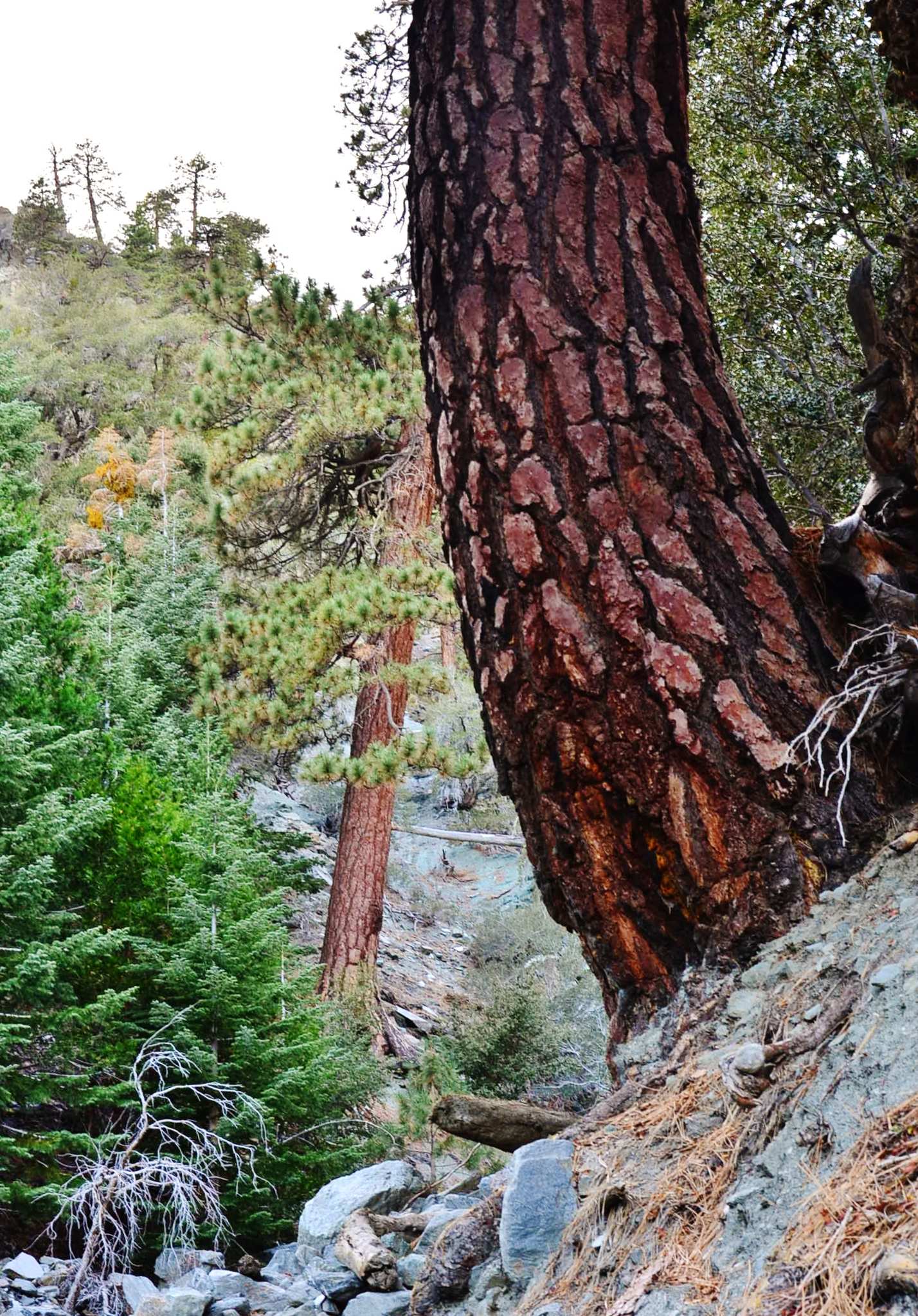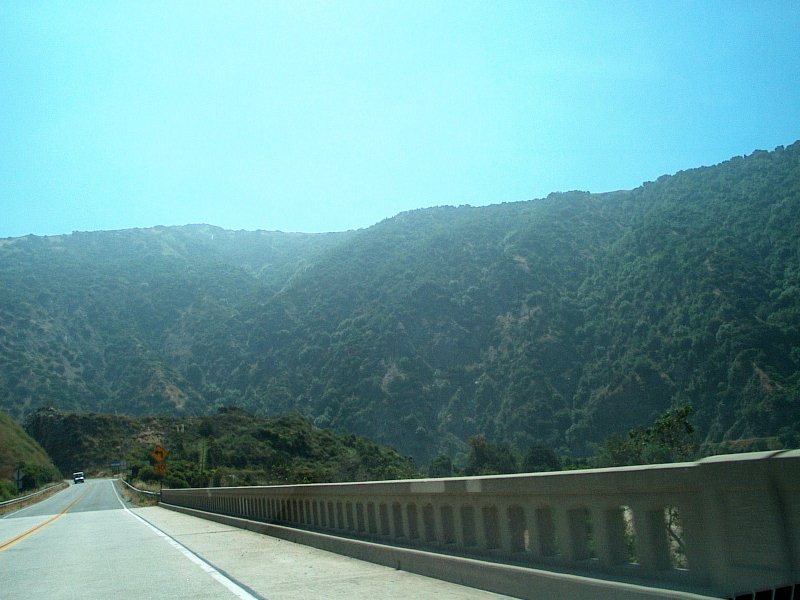Bear attacks in Angeles National Forest are extremely rare, with no fatal incidents reported since 1986. However, encounters with bears do occur, primarily due to human-provided food sources. This comprehensive guide explores the statistics, safety protocols, and prevention measures for bear encounters in Angeles National Forest. By understanding bear behavior and following proper precautions, visitors can minimize risks and enjoy the forest safely.
What Are the Statistics on Bear Attack Incidents in Angeles National Forest?

How Many Reported Attacks Have Occurred?
Bear attacks in Angeles National Forest are exceptionally uncommon. Here’s a breakdown of the key statistics:
- No fatal wild bear attacks in California, including Angeles National Forest, since 1986
- Nonfatal incidents are sporadic and infrequent
- From 1996 to 2015, several nonfatal incidents were reported, but they were scattered across various locations
Where Have Specific Incidents Occurred?
Reported bear encounters have taken place in various areas of Angeles National Forest, including:
- Singing Pine Camp
- Little Jimmy Campground
- Areas surrounding Yucaipa and Lake Arrowhead
- Campgrounds and residential zones adjacent to the forest
What Patterns Have Been Observed in Bear Behavior?
Two primary patterns emerge in bear behavior leading to encounters:
- Attraction to human food sources:
- Improperly stored food
- Trash
-
Bird feeders
-
Defensive behavior:
- When bears feel threatened
- When protecting their young
What Are the Bear Safety Protocols for Angeles National Forest?

How Should Hikers and Campers Prepare?
To minimize the risk of bear encounters, follow these recommended practices:
- Food and trash management:
- Keep food and trash away from campsites
- Use bear-proof containers
-
Hang food at least 10 feet off the ground and 4 feet from tree trunks
-
Campsite cleanliness:
- Maintain a clean campsite
-
Don’t leave food, dirty dishes, or food-stained clothing in the open
-
Bear-resistant storage:
- Use approved bear-resistant food containers
- Be extra cautious in areas known for bear activity
What Are the Bear-Proof Food Storage Requirements?
Proper food storage is crucial for preventing bear encounters:
- Use approved bear-resistant food containers
- Hang food and scented items (e.g., toothpaste, soap) according to California Department of Fish and Wildlife guidelines
- Keep grills and smokers inside when not in use
- Never leave food in parked cars outside
Who Should Be Contacted in Case of Emergency?
In case of a bear encounter or emergency:
- For immediate threats: Contact local authorities or the California Department of Fish and Wildlife (CDFW) emergency hotline
- To report bear sightings: Notify CDFW or local park rangers
How Common Are Bear Encounters Compared to Actual Attacks?
What Is the Frequency of Bear Sightings vs. Attacks?
Bear sightings are much more common than actual attacks:
- In Sierra Madre, adjacent to Angeles National Forest, 130 calls about black bears in residential areas were reported in one year
- None of these sightings resulted in attacks on humans
- Actual attacks remain extremely rare, with no fatal wild bear attacks in California since 1986
Is There a Specific Demographic More at Risk?
Analysis of bear encounter data shows:
- No specific demographic pattern in victims
- Incidents involve both males and females
- Age range spans from children to elderly persons
What Bear Attack Prevention Measures Are in Place?
How Are Visitors Informed About Bear Safety?
Several measures are implemented to educate visitors:
- Signage:
- CDFW and local park authorities post warning signs in areas with known bear activity
-
Signs provide guidelines on preventing encounters
-
Educational Programs:
- Ranger-led programs offer information on bear safety
- Community outreach efforts educate the public on prevention measures
What Community Outreach Efforts Exist?
Local communities and organizations work together to promote bear safety:
- Partnerships with organizations like BearWise provide educational materials and at-home checklists
- Communities such as Sierra Madre have declared bears a public safety threat and engage in proactive education for residents and visitors
By understanding the statistics, following safety protocols, and staying informed about prevention measures, visitors to Angeles National Forest can significantly reduce the risk of bear encounters and enjoy the natural beauty of the area safely.
References:
1. https://laist.com/news/kpcc-archive/bear-that-attacked-camper-in-angeles-national-fore
2. https://ktla.com/news/local-news/bear-population-surge-leading-to-more-human-encounters-in-california/
3. https://bearvault.com/bears-in-los-angeles/

